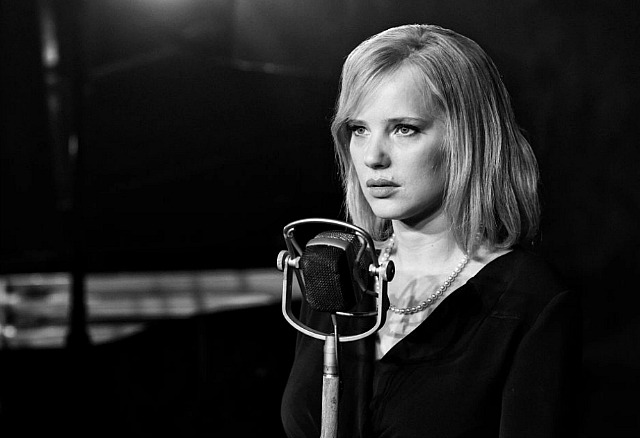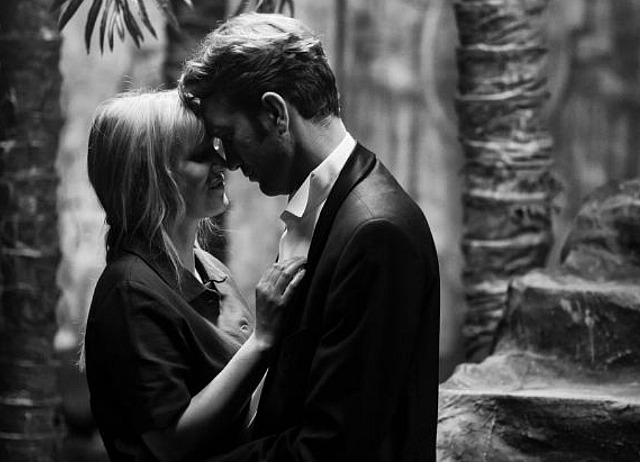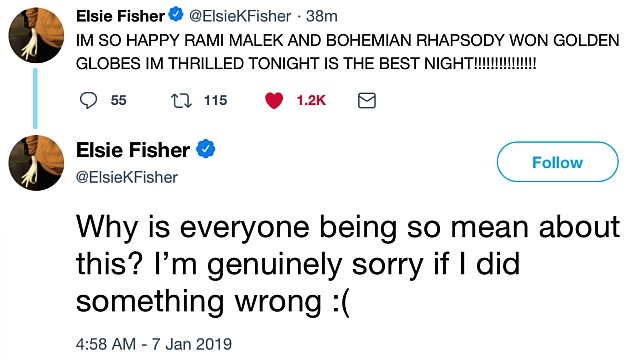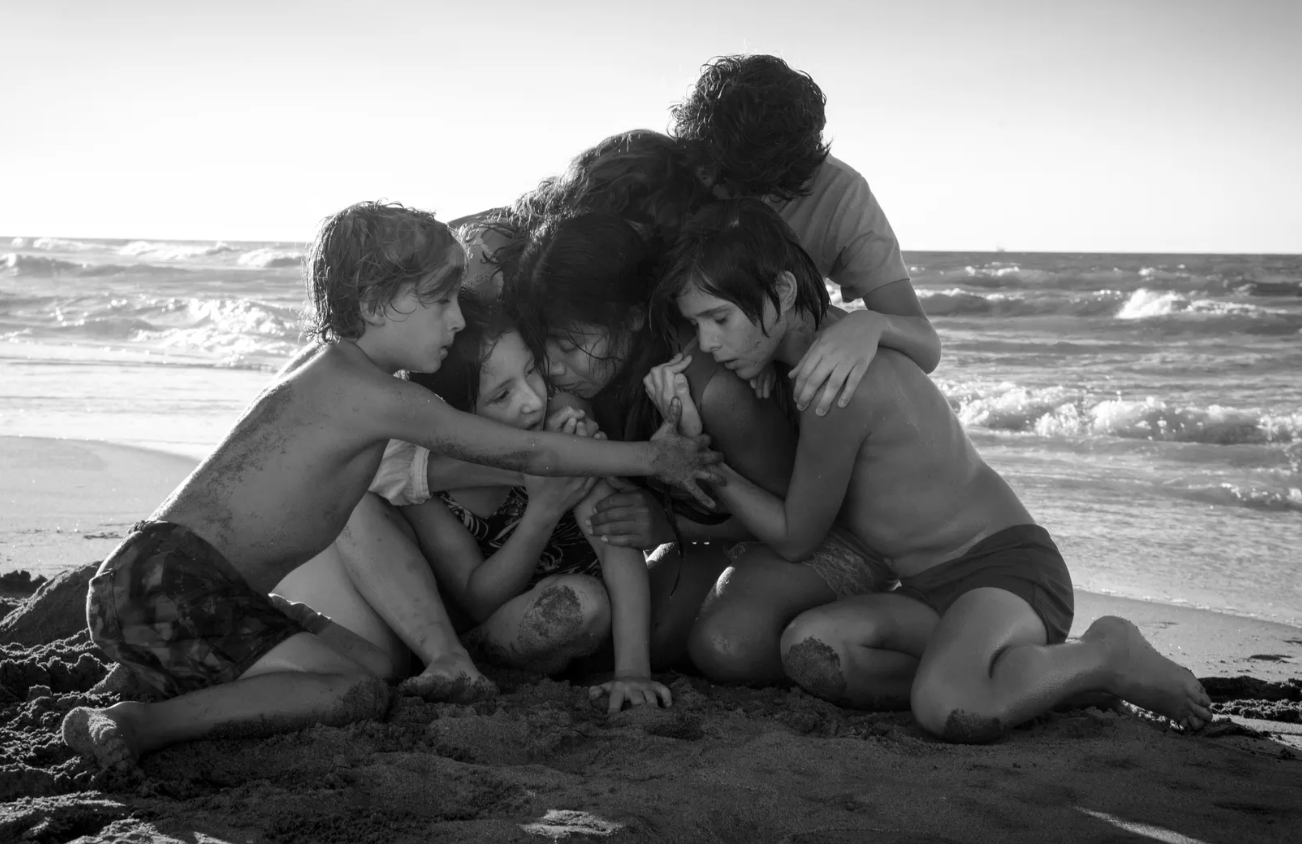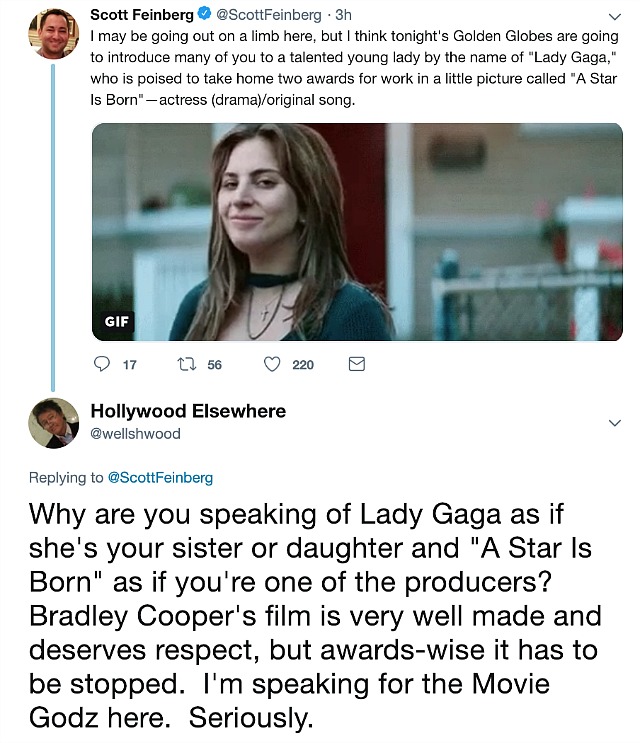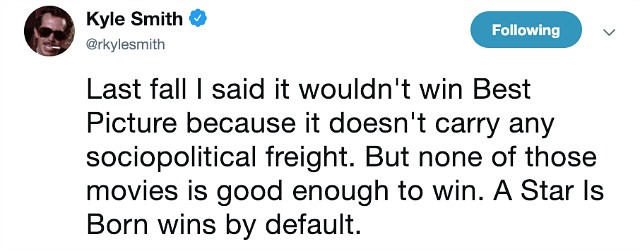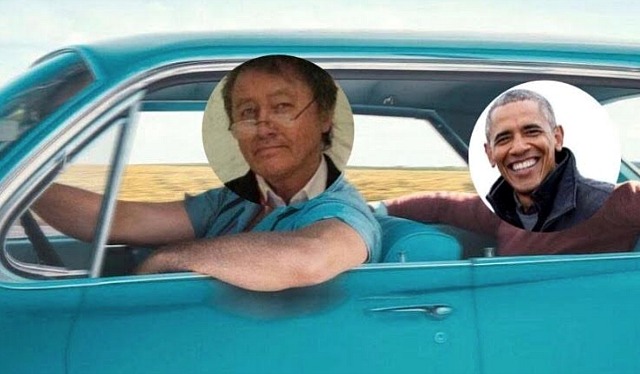From Variety‘s Owen Gleiberman: “Whatever happens seven weeks from now, the Globes, last night, registered as strongly as they ever have as an agenda-setter, a kind of casual dry run for the Academy Awards that, in more categories than not (indeed, in nearly every one of them), had the effect of asking: What would it feel like on Oscar night if this happened?
“In that light, the Globes sent out several key messages — like, for instance, the re-establishment of Green Book as a contender voters can support with pride. For a while, the movie felt like tainted goods. Despite a slew of good reviews and an early reputation as a crowd-pleaser, it had become the object of critical controversy, accused of adopting a decades-old approach to racial historical drama that now (in the eyes of some) seems patronizing. When the Viggo Mortensen N-word flap happened, it seemed to lend a kind of support to the notion that there was something ‘unenlightened’ about Green Book.

“But last night, when it picked up three awards, the shift away from that dynamic seemed more or less complete. Green Book was a player again, and not just because it had won. Mahershala Ali’s speech for best supporting actor was a model of grace and affection, and the way he honored the character he portrays — the jazz innovator Dr. Don Shirley — helped to dissipate the criticism that Shirley’s life had been somehow de-authenticated by the movie.
“Last night the Golden Globes helped restore Green Book to what, in my book, it always was: An artfully enchanting movie that may come off as a little old-fashioned in form, but not in a way that justifies giving the movie a moral slap.
“And speaking of momentum, is that something Glenn Close now has? And that Lady Gaga, so exquisite to see in her cotton-candy blue hair, has less of?
“That’s a tough call, but what’s undeniable is that we’ve come a long way from the days when the Golden Globes were nothing more than the vulgar, downscale, champagne-bucket-at-the-table cousin to the Oscars that no one took seriously. They seem, more and more, like a dress rehearsal for the real thing — and a rehearsal, in some cases, where the understudy goes on instead of the expected star, and steals the limelight. You can agree or disagree with the Globes’ movie awards, but what leaps out about even the eyebrow-raising ones is that they’re connecting with currents that are out there and giving them added life.”


